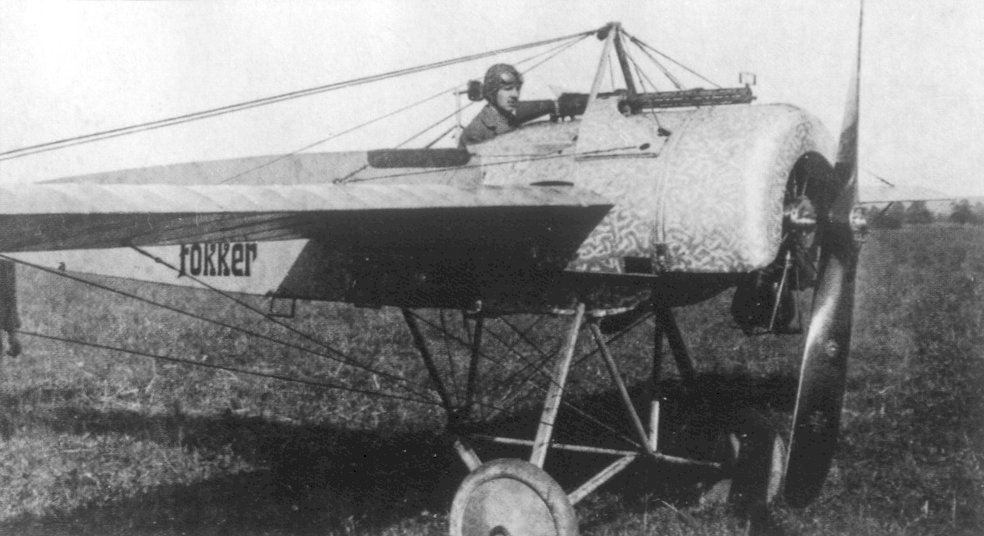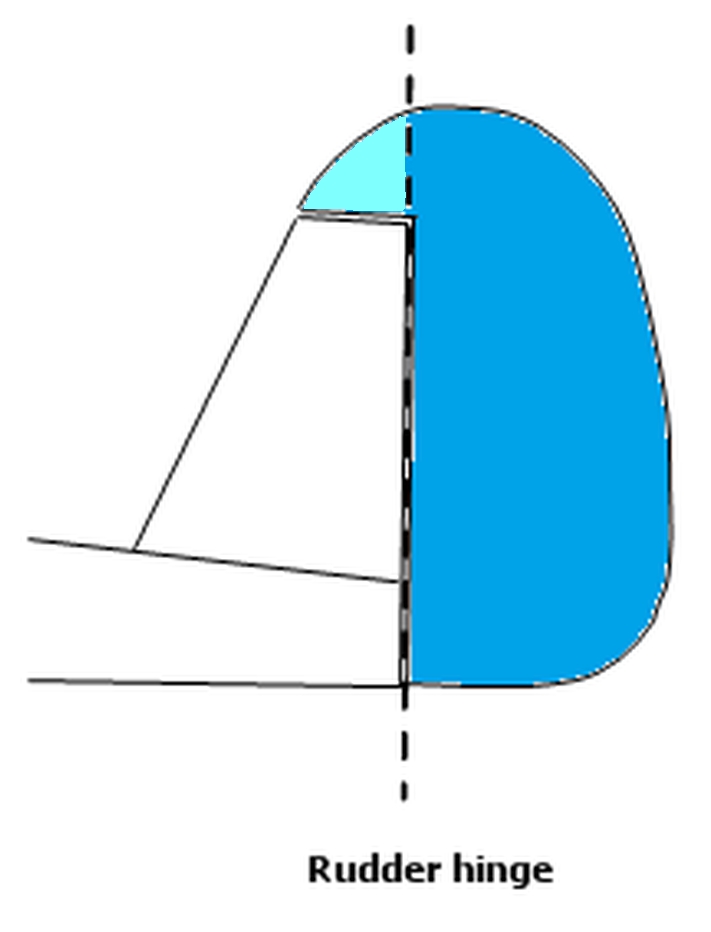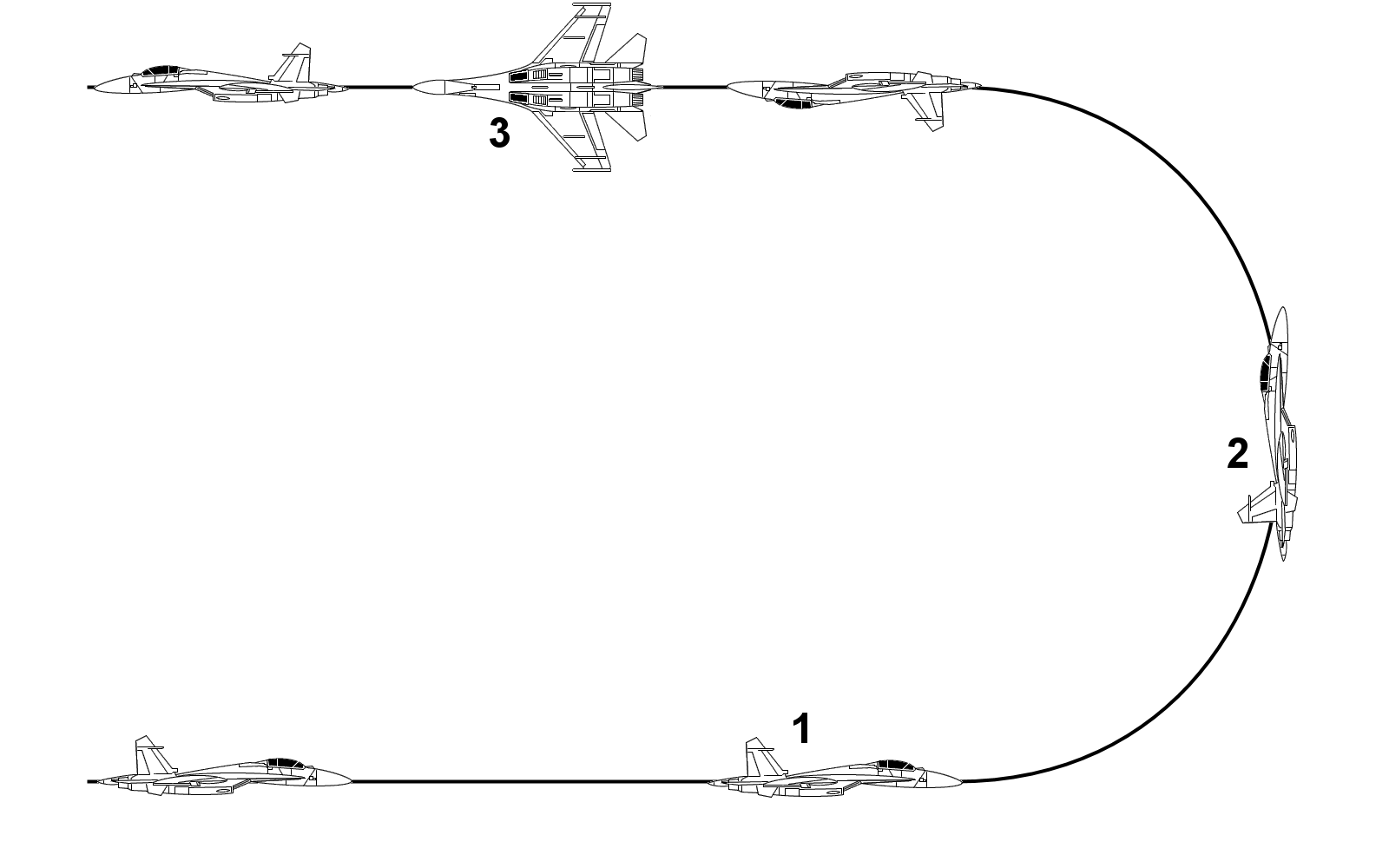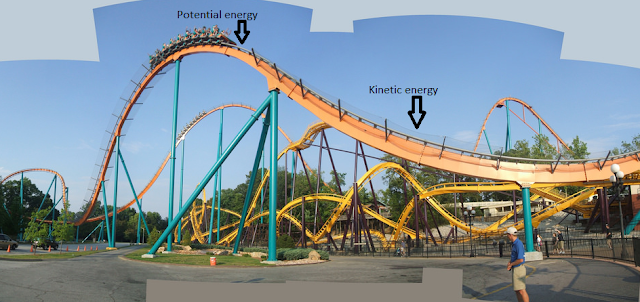The Immelmann turn
There it was...The british BE 2 was swooping into world war 1 skies after having successfully evaded the German Fokker EI. Oh but the poor brit in the cockpit had little knowledge of the aerobatic tricks the german pilot had in store for him. You see the German, was Max Immelmann. And Max Immelmann was the Mann....wait for it....
Who gave birth to THE Immelmann turn.
 |
| Never seen before photo of Immelmann thinking about how he's going to do some twisted turns |
You're kidding right? You don't know?
What is the Immelmann turn? Ugh noob. It's alright I'll tell you.
The half loop, half roll beast of a manoeuvre was executed usually after an attack to reposition the aircraft for another attack . Fighter pilots just couldn't get enough of the chase.
Take a look at Immelmann turn first,
The half loop, half roll beast of a manoeuvre was executed usually after an attack to reposition the aircraft for another attack . Fighter pilots just couldn't get enough of the chase.
Let's go with the latter. But in order for this imagination ride to begin you need some intro into a couple of concepts.

“Energy is neither created nor destroyed, it can only be changed from one form to another” – someone important.
Thanks for reading!
Kinetic energy: The energy associated with a body in motion. Anything which moves has kinetic energy.
Potential energy: The energy associated with a body displaced to a height from a reference position.
Angle of attack: The angle between the chord line and free stream velocity.
Stall angle of attack: the angle of attack beyond which the aircraft begins to stall i.e. Lift is lost. WHAT? How does this happen? As the angle of attack increases we know that the lift increases (because angle of attack and lift coefficient CL are directly proportional) but too much of something is good for nothing. When you keep on increasing this angle there’s going to be a point (refer graph) where there will be separation of flow, and once flow separates there’s going to be no possibility of lift. (There are stall reversing manoeuvres’ though)
| the first image shows attached flow over airfoil and lift (Coefficient of lift) linearly increases up until 16 deg (second image). This is when the flow starts separating and after this angle, flow becomes detached and lift becomes negative. NOT GOOD. |
Rudder: The control surface on the vertical stabilizer which yaws the aircraft (learn about yaw here
: LEAVE )
 |
| This swooshes the aircraft left or right |
Ailerons: The control surfaces on the wing to roll the aircraft. (go learn : we know you want to.. )

“Energy is neither created nor destroyed, it can only be changed from one form to another” – someone important.
This energy conservation principle drives many things, our little manoeuvre included.
Let me paint your imagination with physics.
 |
| The Immelmann turn |
You first accelerate to gain kinetic energy (the energy associated with a body in motion), then he pulls the aircraft to a climb trading this kinetic energy for potential energy (the energy associated with a body which is at a height from a reference point). This climb happens when the angle of attack of the wings are constantly increased up until just before stall . MAD RIGHT? So then you apply full rudder to yaw the aircraft and the corresponding aileron to roll the aircraft to bring it back to level flight. This brings you back in position to get another shot at your enemy.
And now you know.







